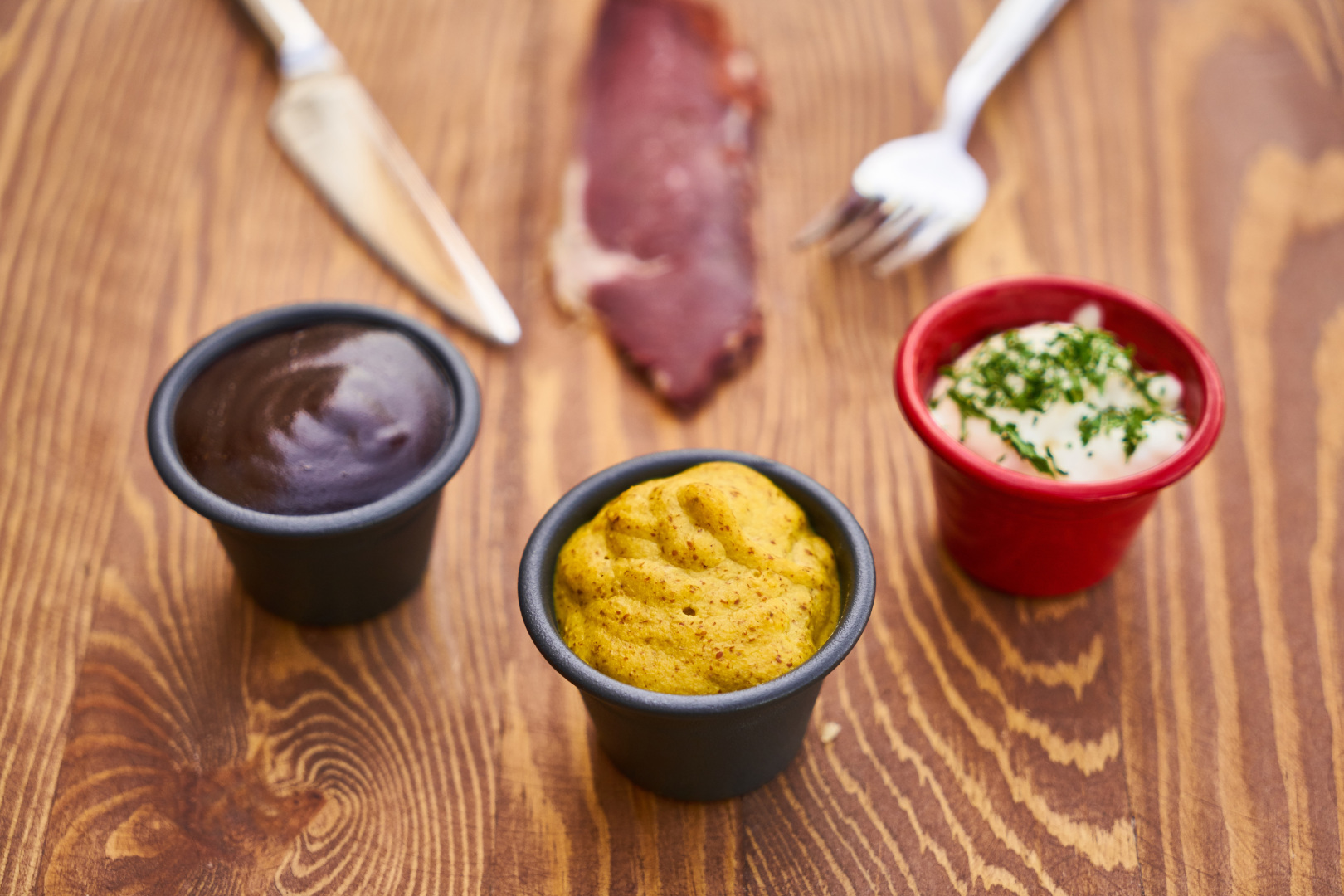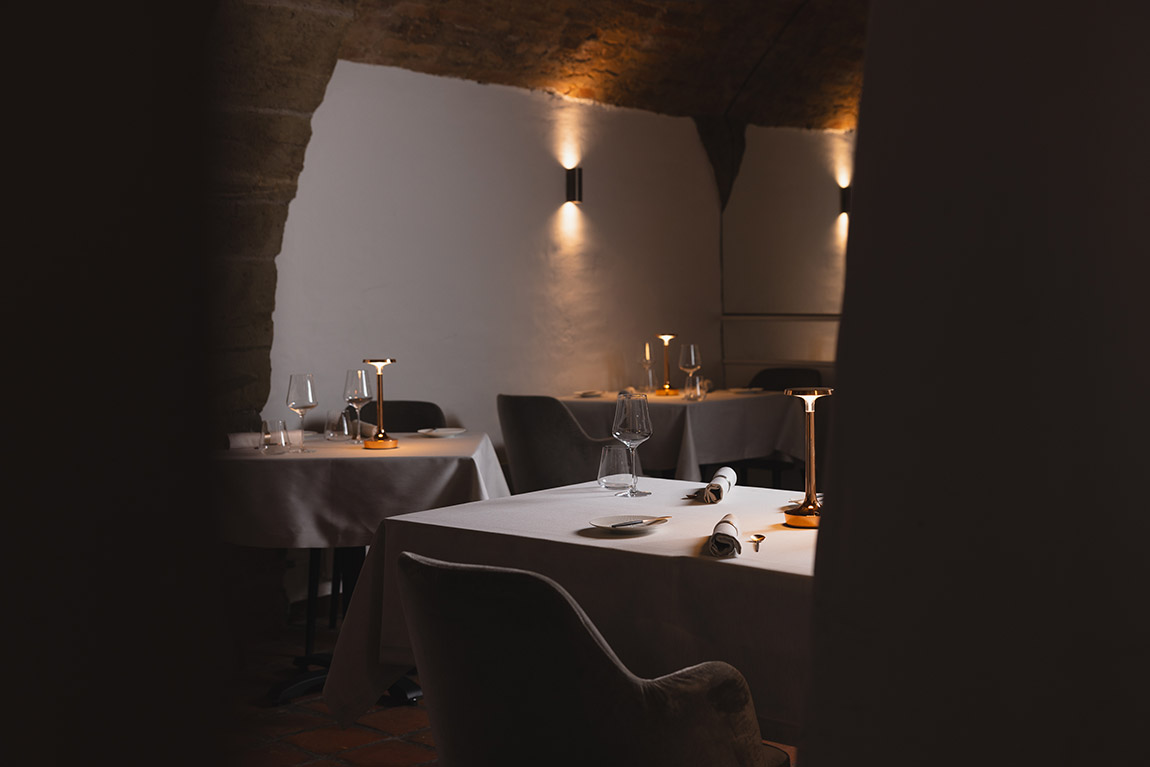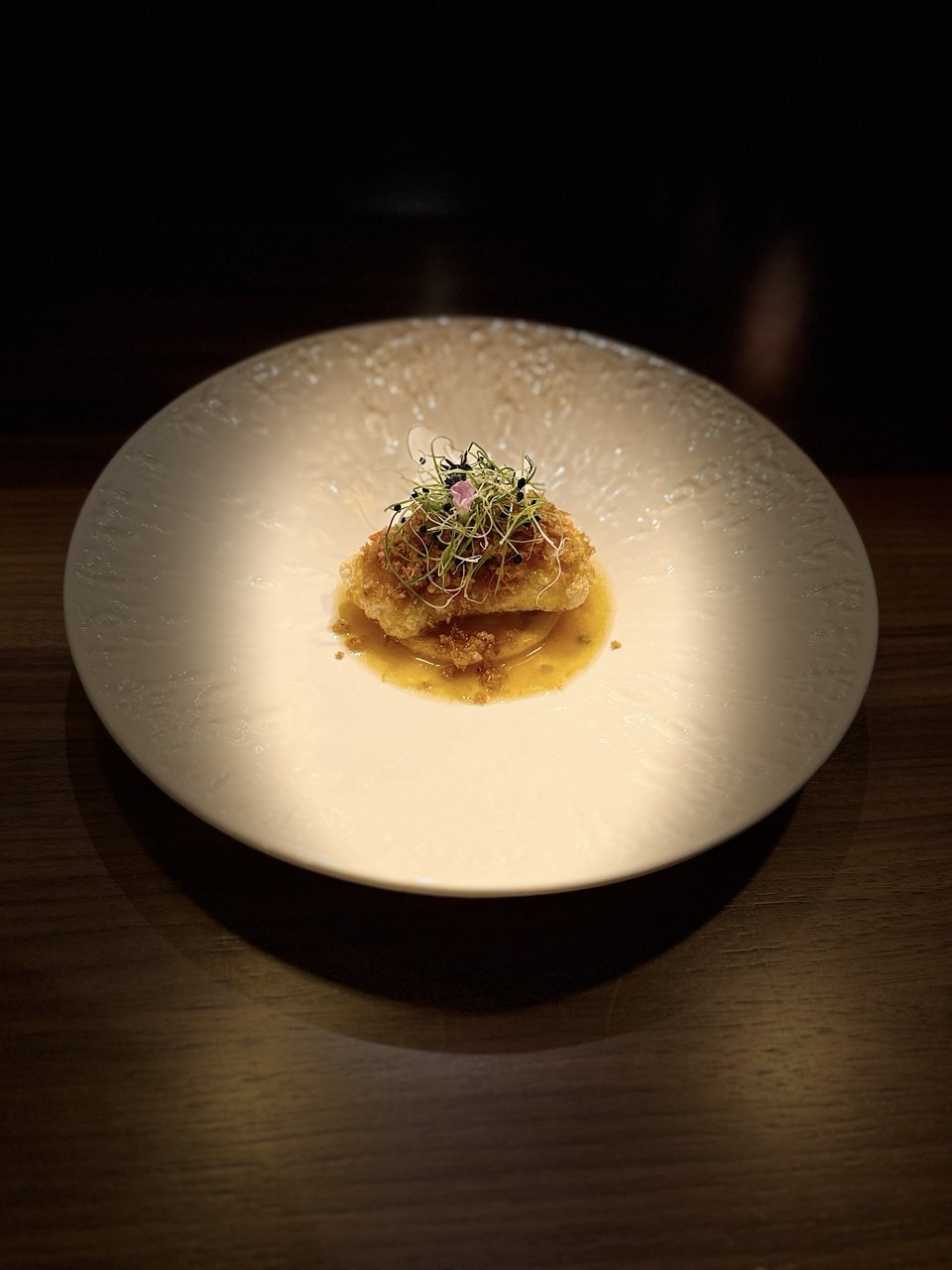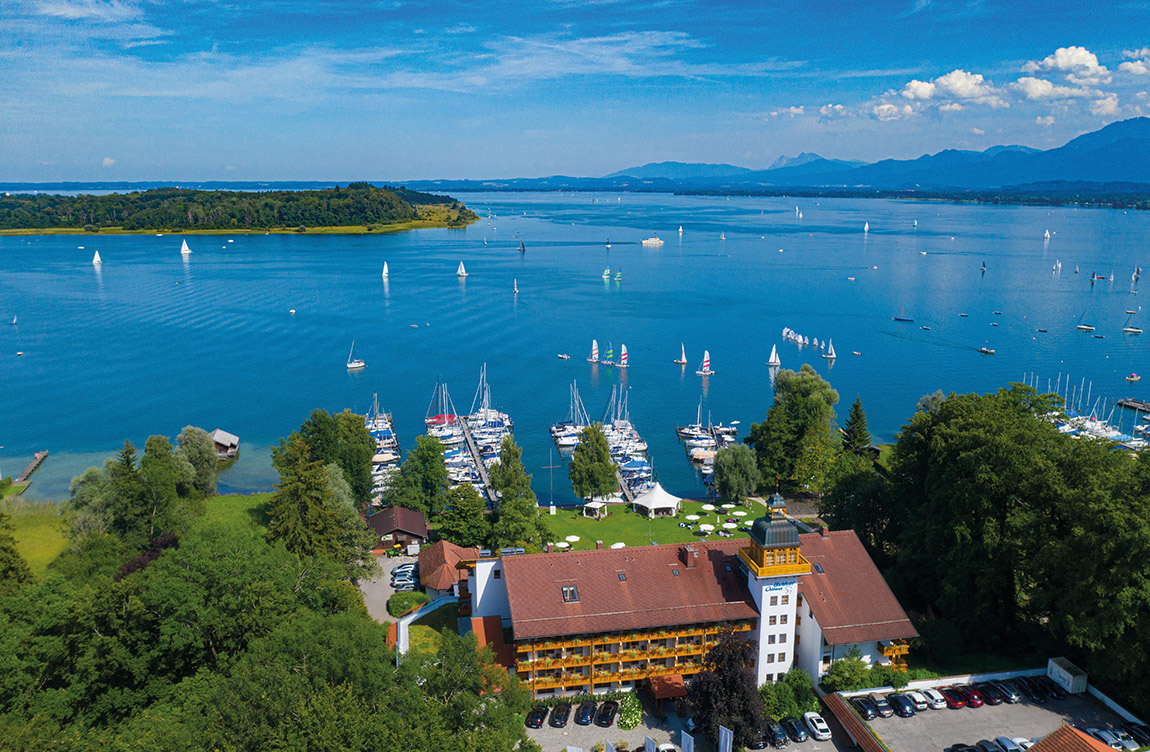Pass the mustard, please!

If you travel to Germany and reach for mustard on the supermarket shelf, you will not find an equivalent to ‘English mustard’. The many German varieties of this popular condiment range from süß (sweet) to extra scharf (scorching) to Düsseldorfer – but what exactly makes ‘senf’?
When people think of mustard, they commonly envision some yellow sauce coating a sausage, but there are hundreds of kinds in the world. Mustard was already cultivated in Asia in 1800 BC, a long time before the Romans experimented with the preparation of mustard. They mixed unfermented grape juice (the must) with ground mustard seeds to make ‘burning must’, mustum ardens — hence ‘must ard’. Dijon became a recognized centre for mustard making by the 13th century, and the early use as a condiment in England is attested from the year 1390 in the book The Forme of Cury which was written by King Richard II’s master cooks. In Germany, mustards range from smooth to grainy and are called ’senf’ or sometimes ’mostrich’ or ’mostert’.

MUSTARD VARIATIONS. PHOTO © WIKIPEDIA
Germans have had a taste for mustard since the Middle Ages when it was sold at pharmacies for medical and culinary uses. Today, there are five basic types: mild, medium hot, hot, extra hot and sweet. Whereas spicier types of mustard are most popular in Northern and Western Germany, in the south, the milder and sweeter varieties prevail. To help you pair your next bratwurst perfectly, here are some of the most popular German styles:
Bavarian Sweet Mustard – Süßer Senf, Bayerischer or Weißwurstsenf
Bavarian style mustards are made from coarsely ground and roasted mustard seeds mixed with vinegar and honey, sugar or applesauce as a sweetener. They are the only ones worthy to grace a pair of ’weißwürste’, those minced veal and pork bacon sausages, traditionally eaten as a snack between breakfast and lunch.

WEISSWURST, PRETZEL AND MUSTARD JAR. PHOTO © RITA E
Medium-Spicy Mustard – Mittelscharfer or Delikatess Senf
This is made with a combination of yellow and brown mustard seeds and is the most popular style in Germany. Milder German mustards are paired with meat pâtés and fish dishes. In the Eastern German states and Austria, ‘mittelscharfer senf’ is sometimes mixed with horseradish and called ’meerrettich senf’.
Sharp or Spicy Mustard – Scharfer Senf or Extra Scharf
This mustard style has a higher percentage of brown mustard seeds than the medium-spicy one and is therefore hotter. As a condiment, spicy-hot German mustards are used as a garnish for cold cuts, grilled sausages like the famous Thuringian bratwurst, and smoked meats.

SAUSAGE IN ROLL WITH MUSTARD. PHOTO © SIDERFLY
Düsseldorfer
Germany’s first mustard factory opened in 1726 in Düsseldorf, and the city is still a centre of mustard production. Düsseldorf mustards are more like Dijon, but tend to be hotter, and darker in colour. Well-known brands include Koops and Löwensenf.
Mustard is made from the seeds of mustard plants which are primarily cultivated in North America as well as in Southern Europe and the Mediterranean region. The whole, ground, cracked, or bruised mustard seeds are mixed with water, vinegar, lemon juice, wine or other liquids, salt, and often other flavourings and spices, to create a paste or sauce ranging in colour from bright yellow to dark brown. The mustard’s spiciness depends on the colour of the seed used with the lightest seeds creating the mildest tastes.

MUSTARD FIELD. PHOTO © DON VIKRO
Germans buy their mustards at grocery stores in three different forms. ‘Senfkörner’, whole seeds, are used in cooking and canning, for flavouring pickled vegetables and sweet-sour fruit condiments. A number of German recipes like the ’senfgurken’ (mustard gherkins) call for whole mustard seeds, which are mild and even nutty tasting. ‘Senfpulver’ is a dry powder from crushed and ground seeds that is often used in cooking and easily mixable with other ingredients. ‘Senf’, the pre-mixed mustard paste, is the most common form consumed in Germany. Prepared mustard can contain a variety of other flavours such as mango, orange, curry, lemon or chili peppers.
In Germany, ’senf’ is sold in plain glass jars, small glass beer mugs, decorated drinking glasses, ceramic pots, rustic stoneware crocks, and even in tubes like toothpaste. Many of the mustard containers have become collectible souvenirs and can also be found in locals’ kitchens where they function as juice glasses or coffee mugs. Particular to Düsseldorf mustard is the dish that it is served in, called a ’mostertpöttche’. In restaurants nationwide, mustard is often served at the table in a small stoneware pot with a tiny wooden spoon in it, and you can rest assured that the match between your meat dish and German mustard will be ‘senfational’!
TEXT: WIBKE CARTER

JARS WITH SPICES INCLUDING MUSTARD. PHOTO © AJALE
Subscribe to Our Newsletter
Receive our monthly newsletter by email





